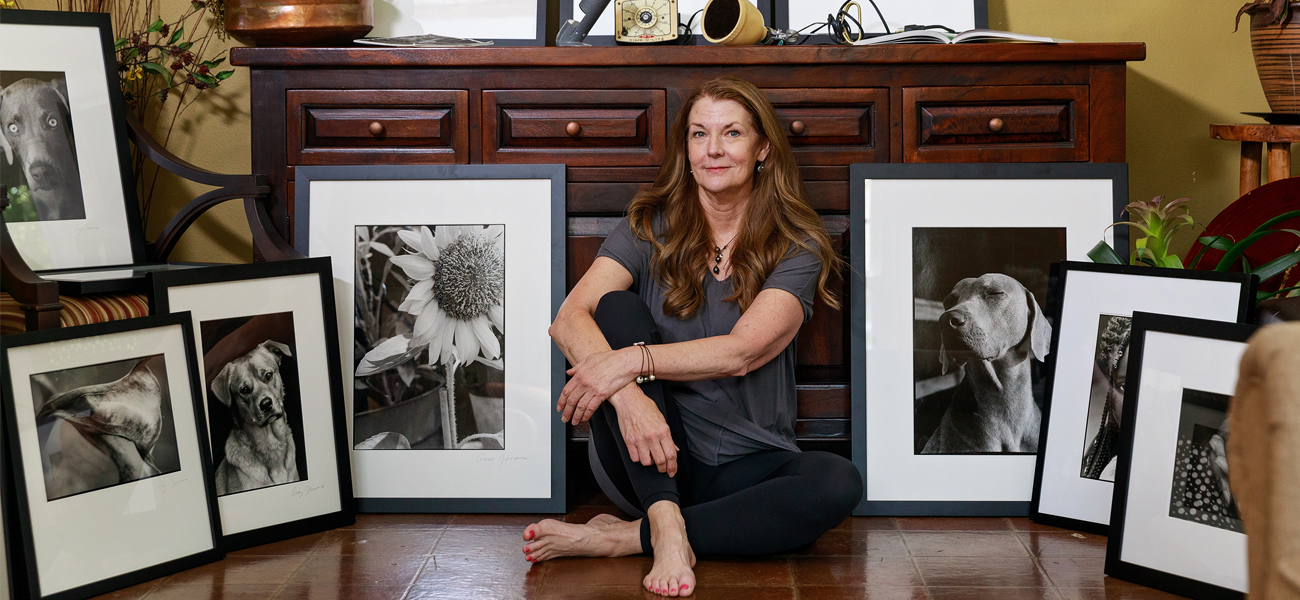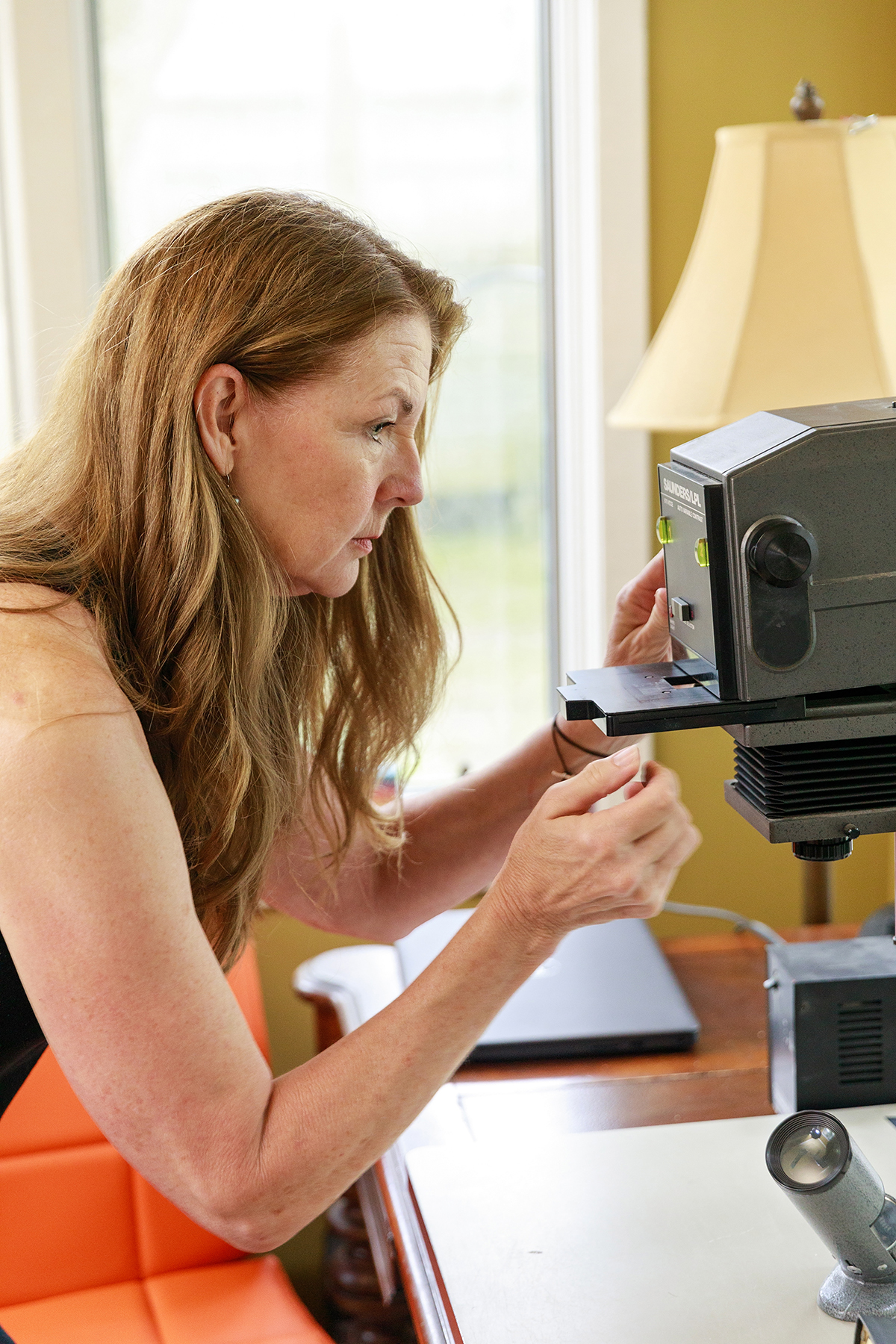
Louisiana film photographer Amy James sees Baton Rouge through an independent lens
Over the years, scores of people have asked Louisiana photographer Amy James when she’s finally going to switch from film to digital. Her reply is always the same.
“Never,” she says, even as the infrastructure for darkroom photographers continues to diminish and the price of its equipment rises. “If I couldn’t shoot film, I’d just go back to painting.”
James has worked for more than 30 years as a portrait and fine art photographer in Baton Rouge. She specializes in black and white photographs developed by hand. She uses only natural light and often situates her subjects outdoors in richly textured settings.
|
|
A former painting major at LSU, James studied under well-known art professors Michael Crespo and Robert Hausey, but it was her minor in photography, studying under Thomas Neff, that influenced her career direction. She started working as a photographer in her early 20s and hasn’t stopped since. Her work has been shown throughout Louisiana and the southeast, and she’s been hired by families, new parents, brides, dog lovers and others to document life’s important moments.

A member of the Baton Rouge Gallery since 2003, James just wrapped a gallery show in late July called “Hindsight.” It had been originally planned for 2020, James says, but a number of factors, from the pandemic to upheaval in her personal life, delayed its release and prompted her to rethink its theme.
That year, she turned back to her lens and found simple, straightforward fixed points to demonstrate how beauty and resiliency can survive upheaval, she says. The show’s works included dogs (a longtime specialty and personal passion), flowers, James’ own hand gripping a just-caught fish she would later release, and other images that demonstrate her skill in manipulating light and shadow.
James sets up each shot with the eye of a painter, and uses those same sensibilities in the darkroom, transferring an image from negative to photo paper, then bringing it to life through several rounds of developing.
Sometimes that happens in the unlikeliest of settings, like the bathroom of her longtime family lake house near the Arkansas border. James continued working as Hurricane Laura bore down on north Louisiana after decimating Lake Charles, a final blow to the Pelican State.
“My son and I were hiding under a mattress, thinking hurricanes aren’t supposed to come this far north,” she says.
Nowadays, James primarily develops in a tiny shared darkroom space in New Orleans, where she also lives half the time. Working in cramped quarters has been tough, especially when producing a series of pieces that are larger than her usual works.
“I have to squat to get the piece of paper out, then shimmy over to do the print,” James says, demonstrating through mime. “We put trays on rolling cards and use this tiny little sink. Working on bigger prints is the hardest thing I’ve ever done.”
As the images come to life in the darkroom, James uses her decades of experience to coax out dramatic light contrasts. She may develop an image multiple times to engineer the right result.
“When I’m working on something, I’m thinking about it all the time,” James says. “I’ll even dream about it.” amyjames.photography
This article was originally published in the September 2022 issue of 225 magazine.
|
|
|
